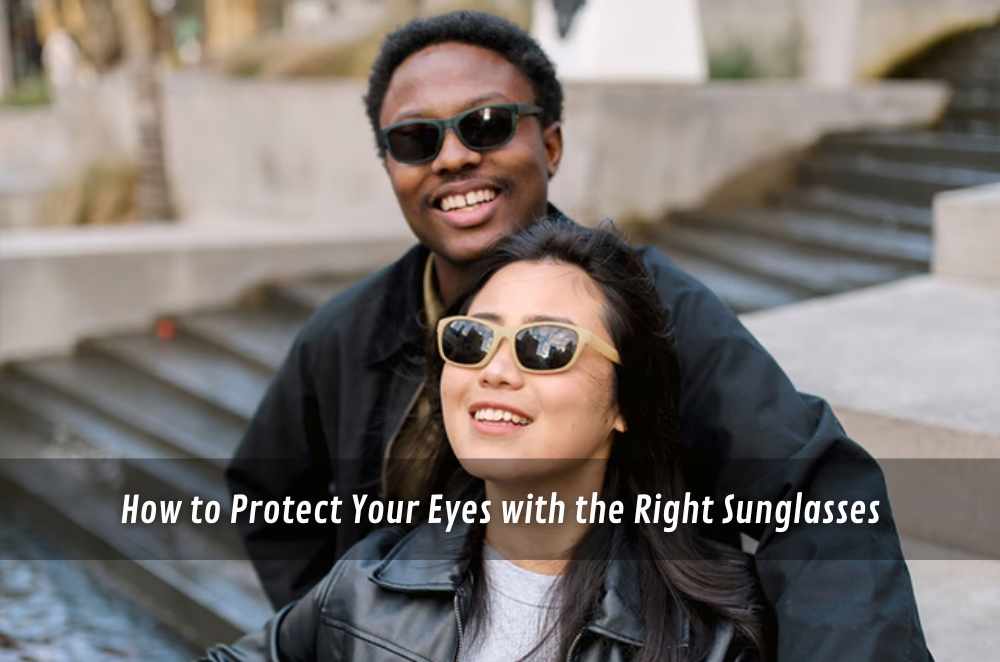
Step outside here and the light hits different—hard, white, almost shimmering off every surface. Bit of breeze, maybe a few flies, and suddenly you’re squinting before you’ve even left the driveway. You don’t need drama or jargon to deal with it; you just need a pair that actually does the job. That’s why choosing sunglasses in Australia feels less like a style decision and more like a daily necessity. The right pair makes the outdoors clearer, more comfortable, and far less tiring on your eyes.
I learnt that lesson on a long drive up the coast. Thought a random servo pair would do. It dulled the colours, sure, but the glare still punched through. Eyes sore, shoulders tight, constant frown. Since then, I’ve treated sunglasses as gear, not garnish. The win is simple: less squinting, more focus, fewer headaches by day’s end.
Why lens performance matters more than darkness
A heavy tint can fool you. It looks cool, the world goes dim, and your pupils open up behind the lens—exactly when you need protection most. What pays off is tech that blocks the nasty wavelengths, keeps detail crisp, and calms down that shimmer off roads and water.
UV400 (or equivalent) to block the stuff that actually harms
Polarised lenses to cut the harsh, flat glare on bitumen and boat ramps
Impact-resistant materials so a drop doesn’t end your day
Clean optics so your eyes don’t micro-adjust all afternoon
I finally swapped to proper UV-blocking lenses and the change was immediate. Road signs stopped blooming, white lines weren’t blinding, and the low sun didn’t feel like a spotlight. Less effort, more attention on what’s ahead.
Fit, comfort, and durability are everyday essentials
Fit isn’t vanity; it’s the reason you’ll wear them. If the bridge pinches or the arms creep, you’ll keep taking them off—right when you need them on. Materials matter too. Some frames go wobbly on a hot dashboard; others just shrug and keep shape.
Frames that hold geometry in heat, salt, and sweat
A steady nose bridge and temples that grip without rubbing
Side coverage to block sneaky light and wind
Lightweight builds that don’t press or slide
I cooked a pair on a car seat once; they warped just enough to sit wonky. Five minutes of driving and my eyes were working overtime to compensate. Since then, heat stability is non-negotiable.
Sun safety and your vision
Eye strain creeps in quietly; you only notice when it’s been there a while. Consistent protection keeps the damage at bay. Health advice in Australia is clear on this point: wearing quality sunglasses is one of the simplest ways to protect your eyes from UV light. Without that barrier, the risk of cataracts and other eye conditions grows with every unprotected hour outdoors.
Pair sunglasses with a decent brim for extra shade
Wrap or semi-wrap shapes help block side glare on bright days
Keep a spare in the car or bag so you’re never stuck
Help kids build the habit early, so it just becomes normal
The quiet win here: routine. Do it often enough, and it stops feeling like a choice. You step outside, sunglasses on—same as shoes.
Style that works for daily life
You don’t have to trade function for looks. Lock in the essentials, then pick a shape that matches how you move through the week. One pair that disappears into your day; another that leans a little bolder for weekends.
Neutral tints to keep colours honest and signs readable
Slightly taller lenses for more shade without going oversized
Matte finishes that hides fingerprints and smudges
Hinges with a confident stop so they stay aligned
Quick test: walk from sun to shade to sun again. If the lenses feel “sticky” to your eyes or the colours go odd, they’ll probably annoy you later. Trust that gut check.
Matching frames to your features
Comfort and coverage come first, but style still matters. When a frame plays nicely with your features, it sits better and disappears faster. Softer lines sometimes pair well with angles; stronger jawlines often balance with rounder edges. A face shape sunglasses guide can be handy if you’re weighing up different styles, not for rigid rules but for a sense of what shapes generally work together.
Round faces: angular or rectangular frames add definition
Square faces: oval or round shapes soften the edges
Oval faces: most designs work; proportion is the trick
Heart-shaped faces: a touch more weight at the bottom evens things out
They’re pointers, not laws. The pair you actually wear is the right one.
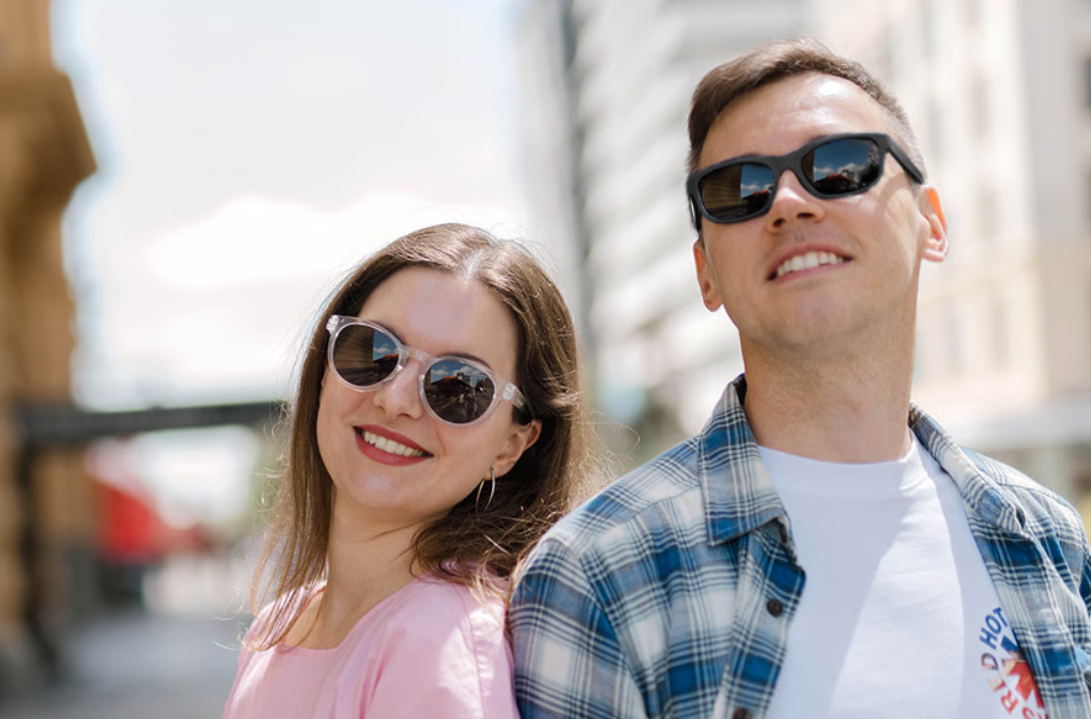
Every day care that keeps lenses clear
Good care isn’t fussy. Set yourself up, and you won’t think about it again.
Microfibre cloth and a small spray bottle live in your glovebox or pack
Rinse grit off with water before wiping to avoid hairline scratches
A hard case saves you from seat and backpack pressure
Quick hinge checks stop that slow drift into misalignment
I keep a spare pair ready. It’s rescued me after sea spray, sudden river glare, even when a mate forgot theirs. Small prep, big payoff.
Conclusion
The light here won’t dial itself down, so your habits do the heavy lifting. Start with lenses that actually protect, frames that don’t wilt in heat, and a fit you forget about. Keep a backup handy and make it part of getting out the door.
It’s also worth remembering that protecting your eyes isn’t about perfection; it’s about small, consistent steps. Whether it’s choosing frames that won’t warp or lenses that filter UV, these choices add up quietly. By the time you’re home, the difference shows in how relaxed your eyes feel, and how much less you’ve squinted your way through the day.

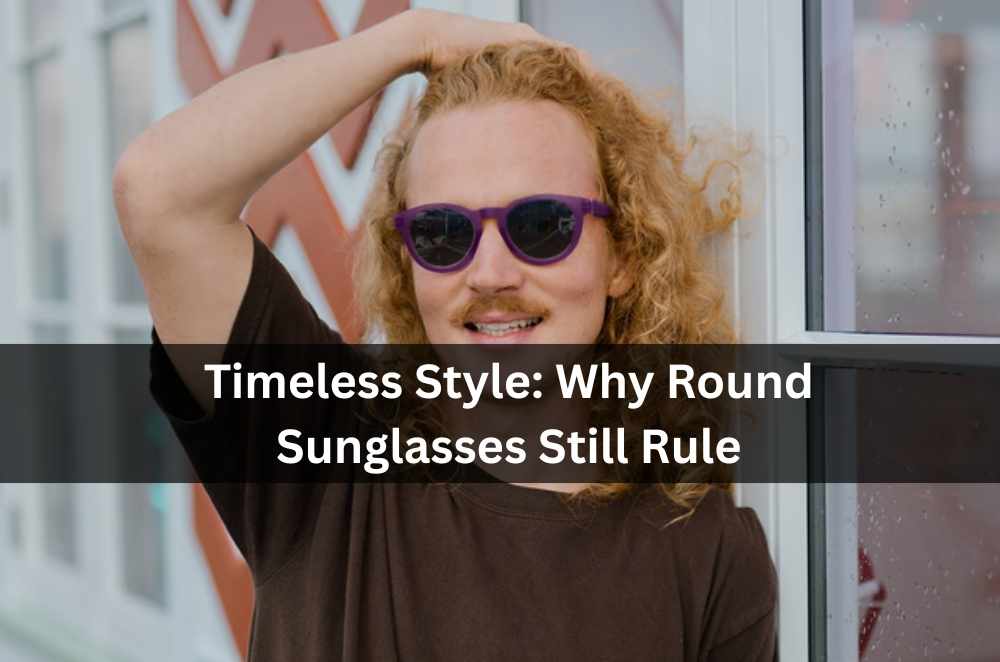


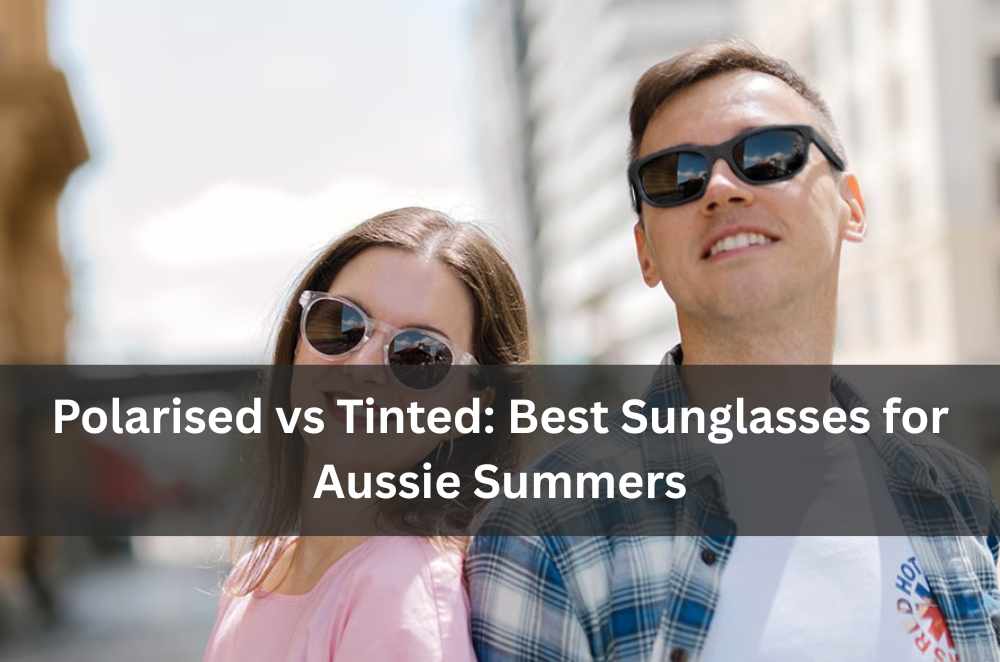
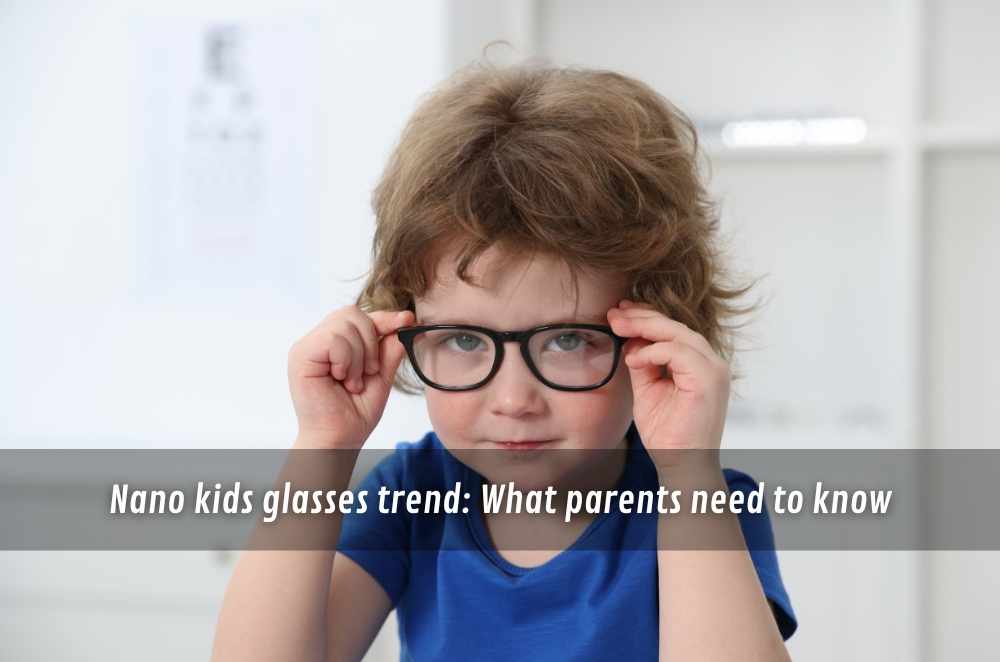
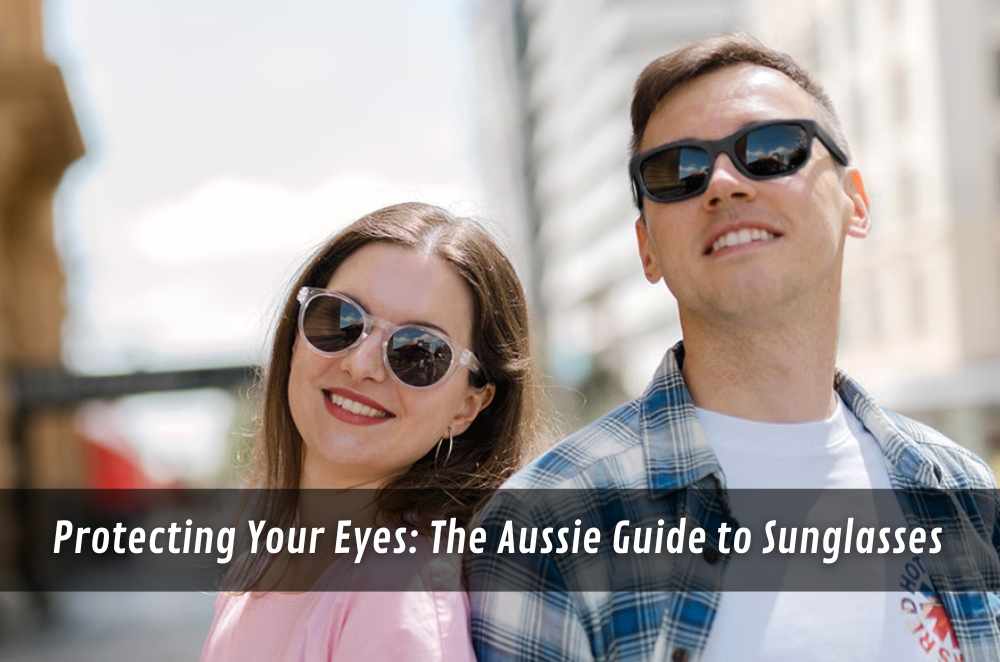


Write a comment ...